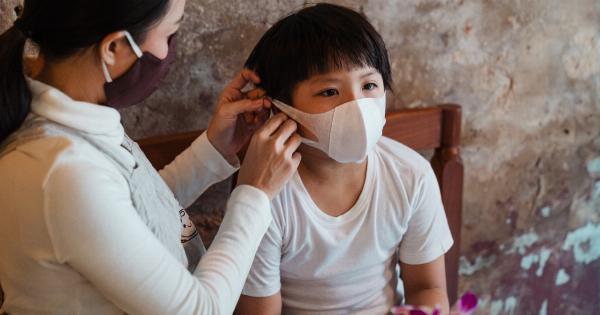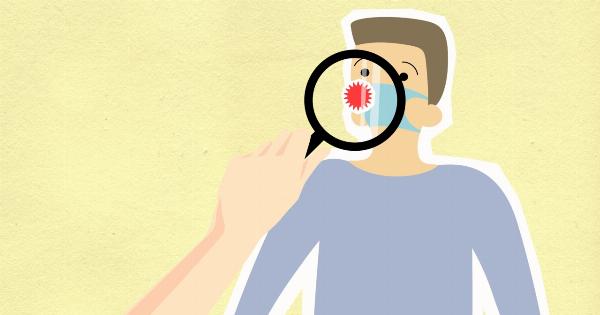The Koxaki virus, also known as Coxsackievirus, is a type of enterovirus that belongs to the Picornaviridae family. It was first discovered in the town of Coxsackie, New York, in 1948, hence its name.
This virus is responsible for causing a wide range of infections in humans, including hand, foot, and mouth disease, as well as various types of respiratory and cardiovascular conditions.
Two Main Types of Koxaki Virus
There are two main types of Koxaki virus known as Coxsackie A and Coxsackie B. Coxsackievirus A typically causes hand, foot, and mouth disease, while Coxsackievirus B is associated with conditions like myocarditis, pericarditis, and pleurodynia.
Both types can cause mild to severe symptoms, depending on the individual’s immune system and the specific strain of the virus.
Transmission and Spread
The Koxaki virus is highly contagious and can be easily transmitted from person to person. It primarily spreads through contact with respiratory secretions, such as saliva or nasal mucus, as well as through contact with fecal matter.
In some cases, it can also be transmitted through contaminated surfaces or objects.
Symptoms of Koxaki Virus Infections
The symptoms of Koxaki virus infections can vary depending on the specific type and strain of the virus, as well as the individual’s age and overall health. Common symptoms include:.
- Fever
- Sore throat
- Rash on the hands, feet, or mouth
- Headache
- Muscle aches
- Cough
- Runny nose
- Fatigue
- Loss of appetite
- Nausea
Treatment and Prevention
Currently, there is no specific antiviral treatment available for Koxaki virus infections. Most cases are managed through supportive care, which focuses on relieving symptoms and improving the individual’s comfort.
This may include rest, drinking plenty of fluids, and taking over-the-counter pain relievers to alleviate fever, sore throat, and muscle aches.
To prevent the spread of Koxaki virus, it is important to practice good hygiene. This includes washing hands frequently with soap and water, especially after using the toilet, changing diapers, and before preparing or consuming food.
It is also advisable to avoid close contact with individuals who have the virus, and to clean and disinfect frequently-touched surfaces and objects.
Complications Associated with Koxaki Virus
In some cases, Koxaki virus infections can lead to complications. For instance, hand, foot, and mouth disease can cause painful blisters and ulcers in the mouth and on the hands and feet.
In more severe cases, the virus can lead to viral meningitis or encephalitis, which can cause inflammation of the brain and spinal cord.
Individuals with pre-existing heart conditions may also be at risk of developing more serious complications, such as viral myocarditis, which is an inflammation of the heart muscles, or pericarditis, which is the inflammation of the sac surrounding the heart. These conditions can be potentially life-threatening and require immediate medical attention.
Koxaki Virus and Pregnancy
Pregnant women who contract the Koxaki virus may also be at risk of complications. In some cases, the virus can be transmitted to the unborn baby, leading to various health problems, such as low birth weight, premature birth, or even stillbirth.
It is crucial for pregnant women to take preventive measures and seek medical attention if they experience any symptoms associated with Koxaki virus infection.
Conclusion
The Koxaki virus is a type of enterovirus that can cause a range of infections in humans. It is highly contagious and spreads through respiratory secretions, fecal matter, and contaminated surfaces.
While most cases result in mild symptoms that can be managed through supportive care, complications can occur, especially in individuals with pre-existing health conditions or during pregnancy. Practicing good hygiene and seeking medical attention when necessary are crucial in preventing and managing Koxaki virus infections.




























